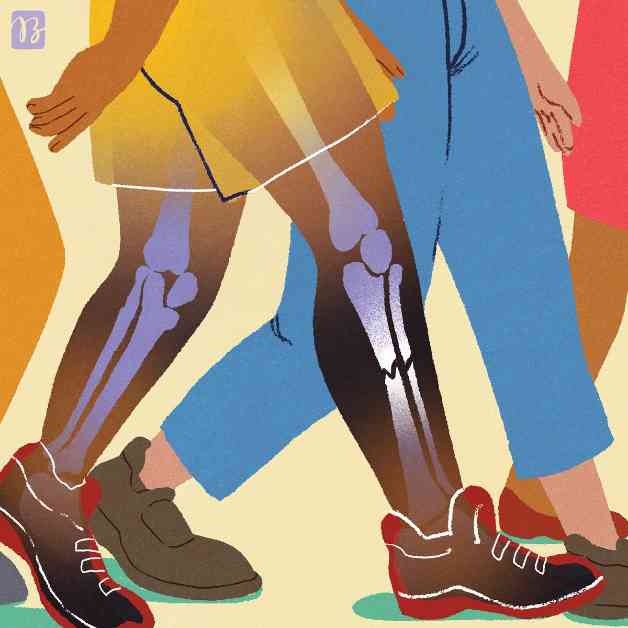Walking on Broken Legs and Ankles for Faster Healing
Two decades ago, my husband, Mark, found himself in a familiar predicament—broken bones. The left ankle was the first to succumb, leading to weeks of immobilization in a cast and on crutches. The following year, the other ankle met a similar fate. However, a significant change in treatment approach occurred this time around. After undergoing surgery, Mark’s doctor recommended an unconventional path to recovery: walking on the newly mended ankle just two weeks post-operation. This departure from the traditional six-week period of non-weight-bearing raised eyebrows but, as recent studies suggest, may hold the key to accelerated healing and improved quality of life.
The Shift in Treatment Paradigm
In the past, the standard protocol for bone fractures emphasized strict immobilization as a means to promote healing. However, emerging research challenges this age-old practice, indicating that early weight-bearing could be more beneficial than previously thought. Orthopedic trauma surgeon Alex Trompeter from St. George’s University of London highlights the adverse effects of prolonged immobilization, such as muscle atrophy and delayed bone recovery. Drawing parallels with astronauts in zero gravity, Trompeter underscores the importance of bearing weight to maintain bone density and muscle mass.
Moreover, the groundbreaking work of German surgeon Julius Wolff in the 19th century emphasized the adaptive nature of bones in response to mechanical stress. This insight underscores the significance of physical activity, particularly weight-bearing, in maintaining bone health and accelerating the healing process. Contrary to conventional wisdom, individuals who engaged in early weight-bearing exercises post-fracture demonstrated comparable outcomes to those adhering to strict non-weight-bearing protocols.
The Science Behind Early Walking
The intricacies of bone healing extend beyond mere stabilization through surgical intervention. Orthopedic surgeon Chris Bretherton from Queen Mary’s Hospital in London elucidates the delicate balance required for optimal bone recovery. The process of bone healing involves the formation of callus tissue at the fracture site, which subsequently transforms into new bone. The right amount of mechanical stress, as elucidated by Wolff’s law, plays a pivotal role in this transformation. Surgical implants serve as temporary stabilizers, facilitating the natural healing process by promoting bone regeneration and alignment.
For patients with fractures in weight-bearing bones like the hips, femurs, and ankles, early mobilization is crucial to prevent complications associated with prolonged bed rest. The mortality rates among hip fracture patients underscore the importance of early weight-bearing in enhancing overall outcomes and reducing postoperative risks. Recent studies have demonstrated that early walking protocols not only expedite recovery but also improve functional outcomes in patients with lower limb fractures.
In conclusion, the conventional wisdom of prolonged immobilization for bone fractures is undergoing a paradigm shift, fueled by emerging evidence supporting the benefits of early weight-bearing. By challenging longstanding practices and embracing innovative treatment approaches, healthcare providers are paving the way for enhanced patient outcomes and accelerated recovery. As for Mark, his decision to embark on an early walking regimen post-ankle surgery proved to be a game-changer, catapulting him towards a swift and successful recovery.










